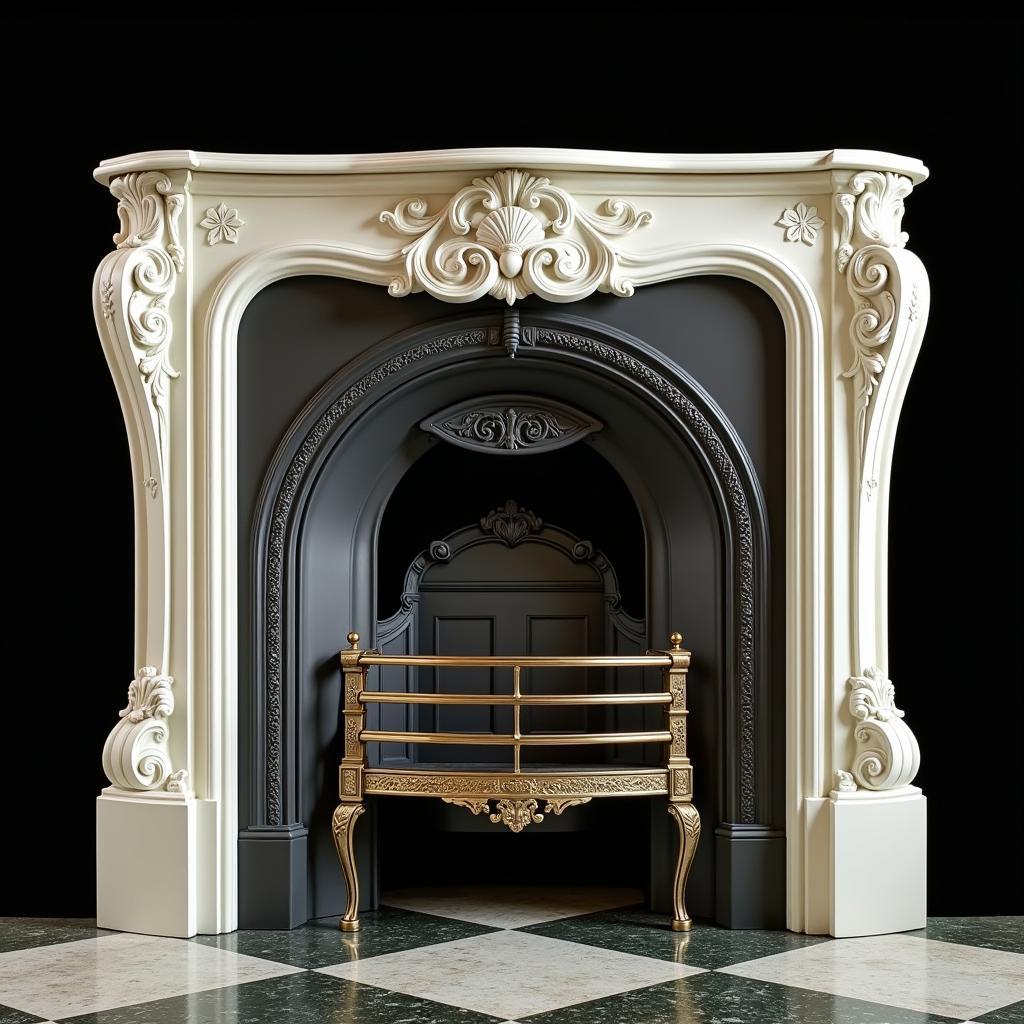Exploring Gay Male Erotic Art: Desire, Identity, and Expression
Gay Male Erotic Art occupies a complex and often contested space, existing at the intersection of artistic expression, sexual desire, and personal identity. Throughout history, depictions of the male form, particularly in its erotic beauty, have been celebrated and condemned, revered and reviled. This exploration delves into the nuances of gay male erotic art, examining its historical context, cultural significance, and the evolving ways artists navigate themes of desire, intimacy, and the complexities of the male experience.
A Historical Perspective: From Ancient Roots to Modern Expressions
The roots of gay male erotic art can be traced back to ancient civilizations. From the idealized male physique celebrated in Greek sculpture to the homoerotic imagery found in Roman frescoes, depictions of same-sex desire have long existed, albeit often encoded within societal norms and artistic conventions.
The Renaissance witnessed a renewed interest in classical art, leading to a resurgence of homoerotic themes. Artists like Michelangelo and Leonardo da Vinci, while not explicitly identifying as gay, produced works that explored the beauty of the male form with a sensitivity and sensuality that transcended mere anatomical study.
However, with the rise of Victorian morality in the 19th century, depictions of same-sex desire became increasingly taboo. Censorship laws forced artists to cloak their expressions in allegory and symbolism, leading to a rich visual language that often required careful decoding by those “in the know.”
The 20th Century and Beyond: Liberation, Visibility, and New Artistic Voices
The 20th century saw a dramatic shift in attitudes towards sexuality. The gay rights movement, particularly in the wake of the Stonewall Uprising, fostered a climate of greater openness and acceptance, allowing gay artists to express their experiences with increasing boldness and authenticity.
Artists like Robert Mapplethorpe and David Hockney challenged societal norms and pushed boundaries, bringing gay male eroticism into the mainstream art world. Their work sparked controversy but also ignited crucial conversations about censorship, representation, and the role of art in reflecting diverse lived experiences.
Today, the internet and digital platforms have created unprecedented opportunities for artists to create, share, and connect with audiences. Gay male erotic art thrives online, encompassing a vast spectrum of styles, aesthetics, and perspectives.
Navigating Complexity: Desire, Identity, and the Politics of Representation
Gay male erotic art is not without its complexities. Debates surrounding representation, objectification, and the male gaze continue to shape discussions within the LGBTQ+ community and beyond. Artists grapple with questions of power dynamics, consent, and the responsibility that comes with depicting marginalized bodies and experiences.
“It’s crucial to acknowledge the power of imagery and the impact it can have on shaping perceptions,” says Dr. Adrian Brooks, an art historian specializing in queer art. “Gay male erotic art, when created with intention and integrity, has the potential to challenge stereotypes, celebrate diversity, and foster greater understanding.”
The exploration of gay male erotic art offers a window into the multifaceted nature of desire, identity, and the human experience. By engaging with this art form thoughtfully and critically, we can foster greater appreciation for its historical significance, cultural impact, and its capacity to challenge, inspire, and provoke dialogue.


